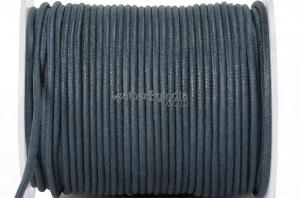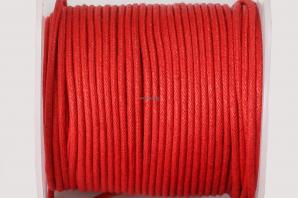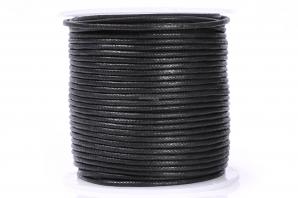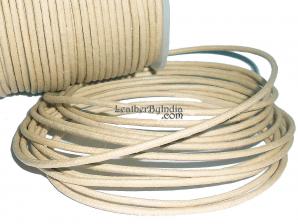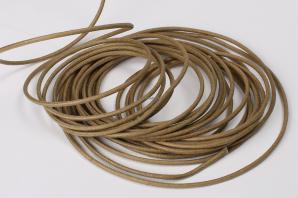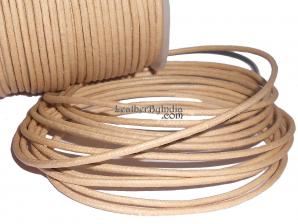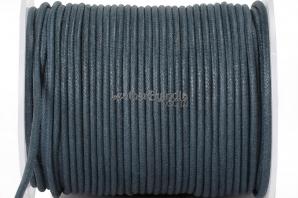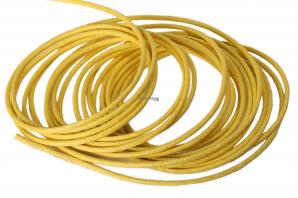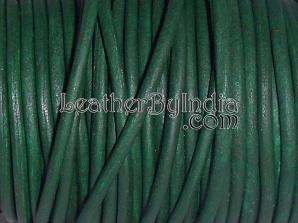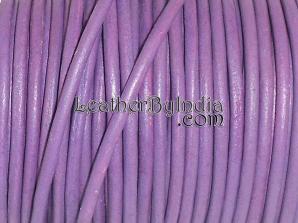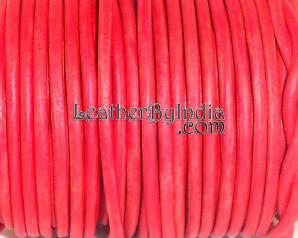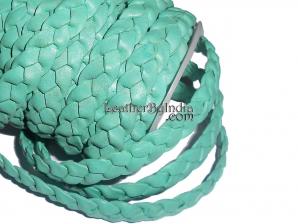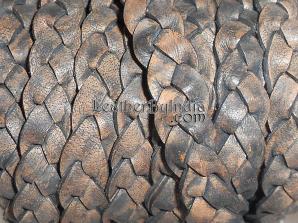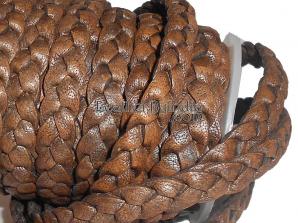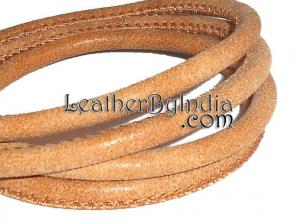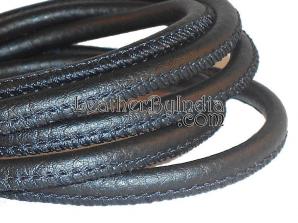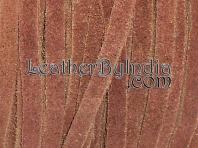Category: jewelry end locks
Products from Leather by INDIA
Wax Cotton Cords from Leather By India
Wax Cotton Cord from Leather By India
Plain Round Leather Cords from Leather By India
Braided Leather Cords from Leather By India
Cross Stitched Leather Cord from Leather by INDIA
Suede Leather Laces by Leather By India in different colors
Raw material for Leather industry-series-post 6
Expected future trends
It is already clear that the global demand for meat will need to find a balance with supply problems arising from a wide range of issues. In addition to the studies already mentioned, an FAO study on agriculture (Bruinsma, ed., 2003), notes that: “Livestock production is the world’s largest user of land, either directly through grazing or indirectly through consumption of fodder and feed-grains. Globally, livestock production currently accounts for some 40% of the gross value of agricultural production. In industrial countries, this share is more than half. In developing countries, where it accounts for one-third, its share is rising quickly; livestock production is increasing rapidly as a result of growth in population and incomes and changes in lifestyles and dietary habits.”
Land use issues are already apparent in China, where some restrictions on development have been put in place and pig farming has increasingly become industrialized. In the case of Brazil, a number of papers (e.g., Caviglia-Harris, 2005) have demonstrated that demand for ranching land for small and medium-size farms has been a reason for deforestation in the Amazon, as it has been the need for crop land, or the value of timber. The more recent development of interest in crops for bio-fuels can only increase the pressure on land use.
These changes raise a number of issues related to health, food safety, environment, and poverty alleviation. Several trends have started to become apparent and are identified in the FAO report:
- An increasing proportion of livestock production will originate in warm, humid, and more disease-prone environments;
- There will be a change in livestock production practices, from a local multipurpose activity to a more intensive, market-oriented and increasingly integrated process;
- Pressure on and competition for common property resources such as grazing land and water will increase;
- There will be more large-scale industrial production, located close to urban centres, with associated environmental and public health risks;
- There will be a substantial rise in the use of cereal-based feeds.
These trends raise numerous issues for the leather industry:
- What further help can be given to increase the efficiency of farming in Africa in order to improve the off-take and collection of hides and skins?
- What needs to be done to improve and manage the quality of raw material at all stages – farming, slaughter, and tanning?
- Africa appears to be one place where land remains available; is the continent suitable for herd
Growth to make up for lack of land elsewhere?
- Hides and skins from camels, kangaroo, deer, yak and other less mainstream animals are likely to expand their presence in the leather supply chain; the industry needs to learn how to manage both the technical issues and the potential environmental problems arising from the use of these materials;
- Final product design for footwear, bags, automobile seats, etc. will need to accommodate hides and skins with surface damage which are otherwise of excellent quality.
Overall, those involved in all aspects of the leather industry can be expected to spend more time ensuring that they have secure raw material supplies.
Raw material for Leather industry-series-post 5
Some projections indicate that this growth will slow down by up to half of the current rates over the next two decades. The reasons for this decrease cited by FAO are:
- Slower population growth;
- countries such as China and Brazil have now reached fairly high levels of consumption and therefore have less scope for further rises;
- the growth of meat consumption in India may be limited by cultural factors, and many people living in rural areas are likely to remain vegetarians;
- in Sub-Saharan Africa, slow economic growth will limit increases in both meat and dairy consumption.
The slowdown of growth in the demand for meat is expected to be most noticeable in the bovine sector. Herd development is also expected to decrease as better husbandry leads to larger animals and therefore to more meat and milk per animal. The proportion of cattle grazed on pasture is about one third of the total and this is expected to drop further. Data for pigs is far less reliable from the point of view of the leather industry since it depends on whether the skins are removed or scalded on the carcass.
A major producer omitted by the USDA statistics is Vietnam with around 27 million pigs. The EU is clearly an important producer; the current estimates for key countries are: Germany: 27 million; Spain: 25 million; Poland: 16 million; France: 15 million; and Denmark 12 million (data for other EU countries have not yet become available). Undoubtedly, pigskin supply from Central European countries has dropped significantly in the last fifteen years.
WILL BE CONTINUED IN NEXT POST…………………………….








